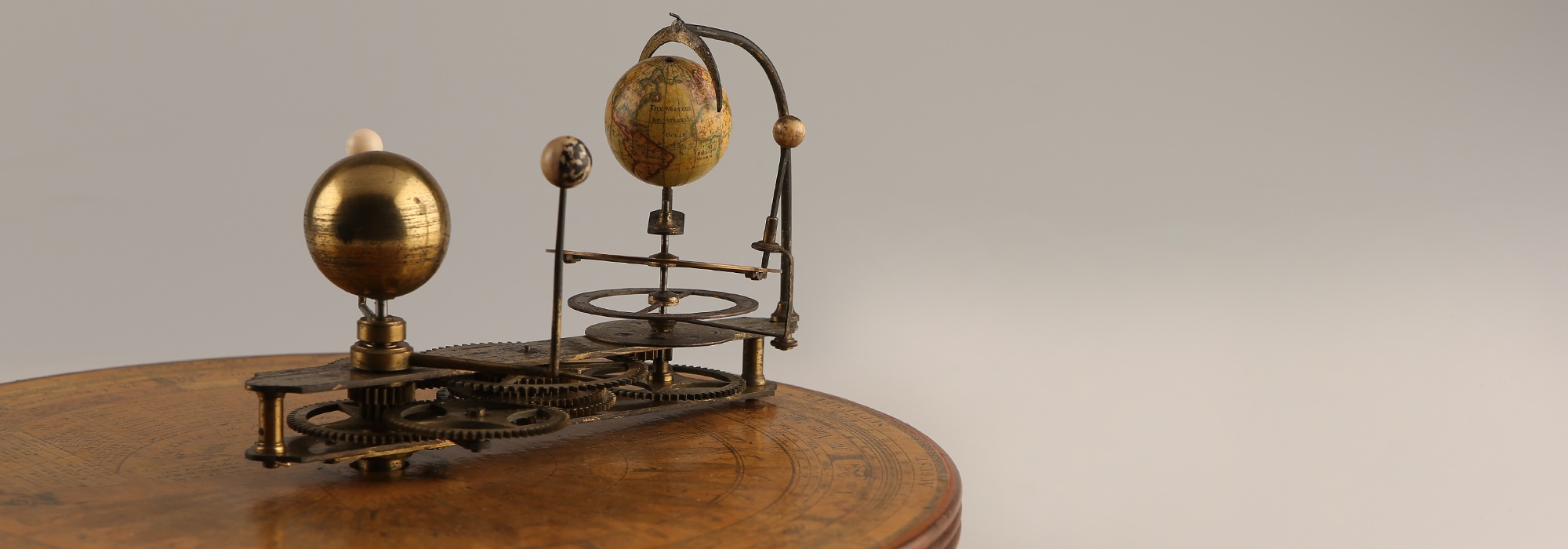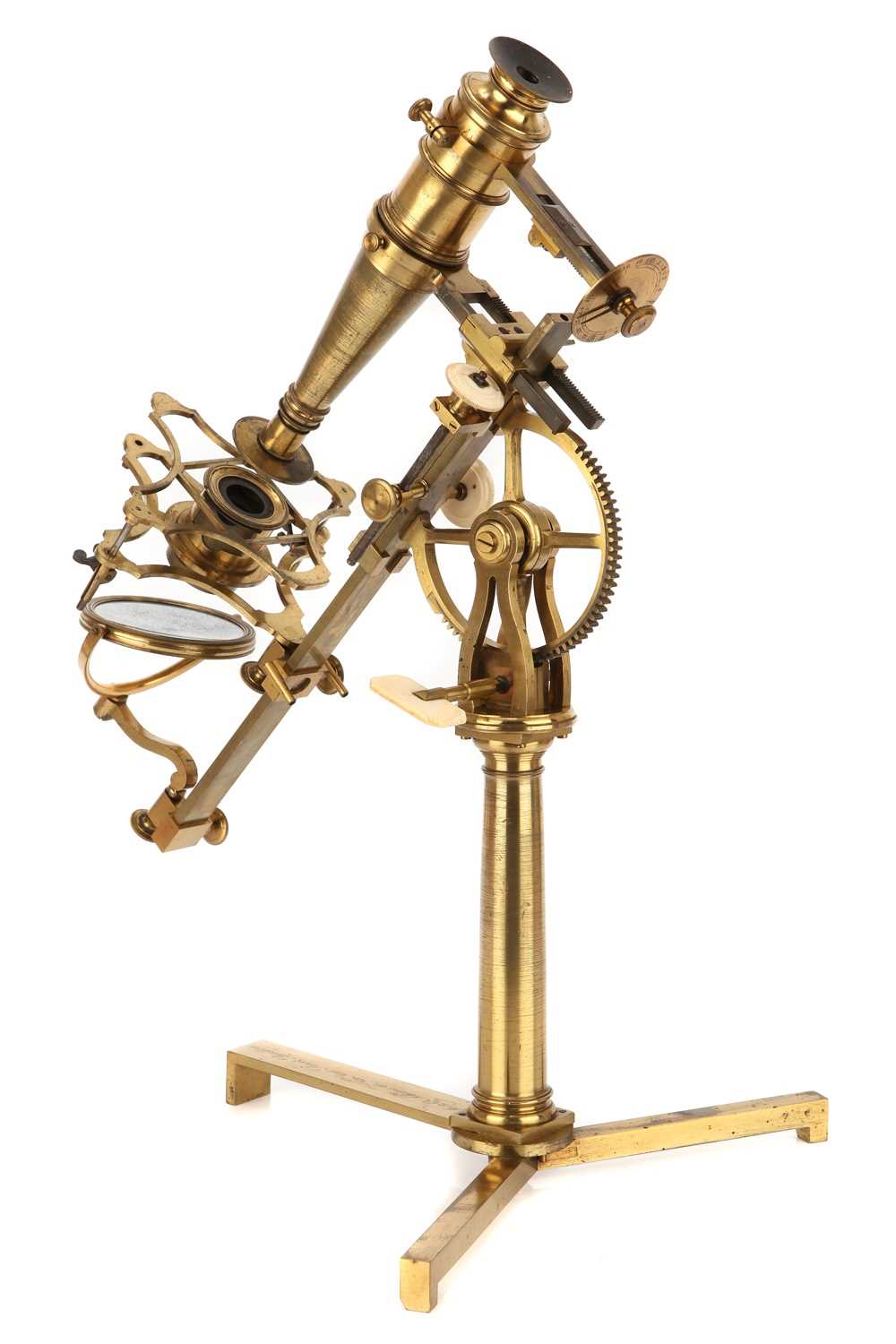

17/11/2021
How to value scientific instruments
Since the earliest days of human history, people have sought to understand the world around them. Increasingly, beliefs in gods and spirits were replaced by science and technology, as scientists from Aristotle to Newton and Einstein provided insight into nature, the universe and even ourselves.
A fascination with scientific instruments has long accompanied this knowledge. In the seventeenth century, when King George III wanted a special gift for his amateur botanist wife Charlotte, it was a fine microscope he commissioned. In the States, Harvard University has collected scientific instruments for research and teaching purposes since 1672, underlining their importance.
Today, this fascination continues, as science remains more relevant to our lives than ever. Fine and rare historic scientific instruments are sought after by both institutions and private collectors. scientific instruments are traded across the world through specialist dealers, fairs, and auctions.
Of course, such instruments come from a wide range of disciplines from astronomy to geology, encompassing optical devices, survey and measuring tools, navigational aids and medical equipment, among numerous other things.
These tools obviously have a functional purpose, but many are so beautifully designed and crafted that they are works of art in their own right, from calculators and abacuses to globes, sundials and astrolabes (to name just a few).
What affects value?
As with selling anything else, this is going to be a key consideration. Unless your instrument is particularly rare or old, you will of course get more for it the closer it is to its original state.
Check for cracks and dents, rust, stains, broken glass and missing parts plus dull metal.
The instrument maker can be the most important factor. Throughout the 18th and much of the 19th century English makers were pre-eminent in the scientific instrument trade. Seven-year apprenticeships were served to learn metalworking lens production and other skills including the mathematical and scientific principles on which instruments are based. In 2018 flints sold a microscope by George Adams, instrument maker to George III, for £105,600.

What your instruments are made of can also be important. Lacquered brass in excellent condition is often highly valued, precious metals like gold and silver will obviously attract high prices. However, early instruments made from wood, printed paper, cardboard and fishskin can be extremely valuable.
Rarity and age
You probably won’t be that surprised to learn that older scientific instruments are typically valued more highly, for their cultural and historical significance.
Get an accurate valuation
Before you do anything else, it’s vital that you obtain an accurate estimate of the value of your item via a professional appraisal, from someone with the right level of expertise and knowledge. You want full confidence that the estimate is indeed appropriate, to ensure the highest price is realised. An amateur is not going to be able to do this, however well-meaning.
How Flints can help
At Flints Auctions, based in Thatcham, Berkshire, scientific and medical instruments are our speciality. With detailed specialist knowledge and expertise, including in marketing, and a growing reputation, we’re ideally placed to help you realise the best price for your instruments.
Get in touch to learn more.